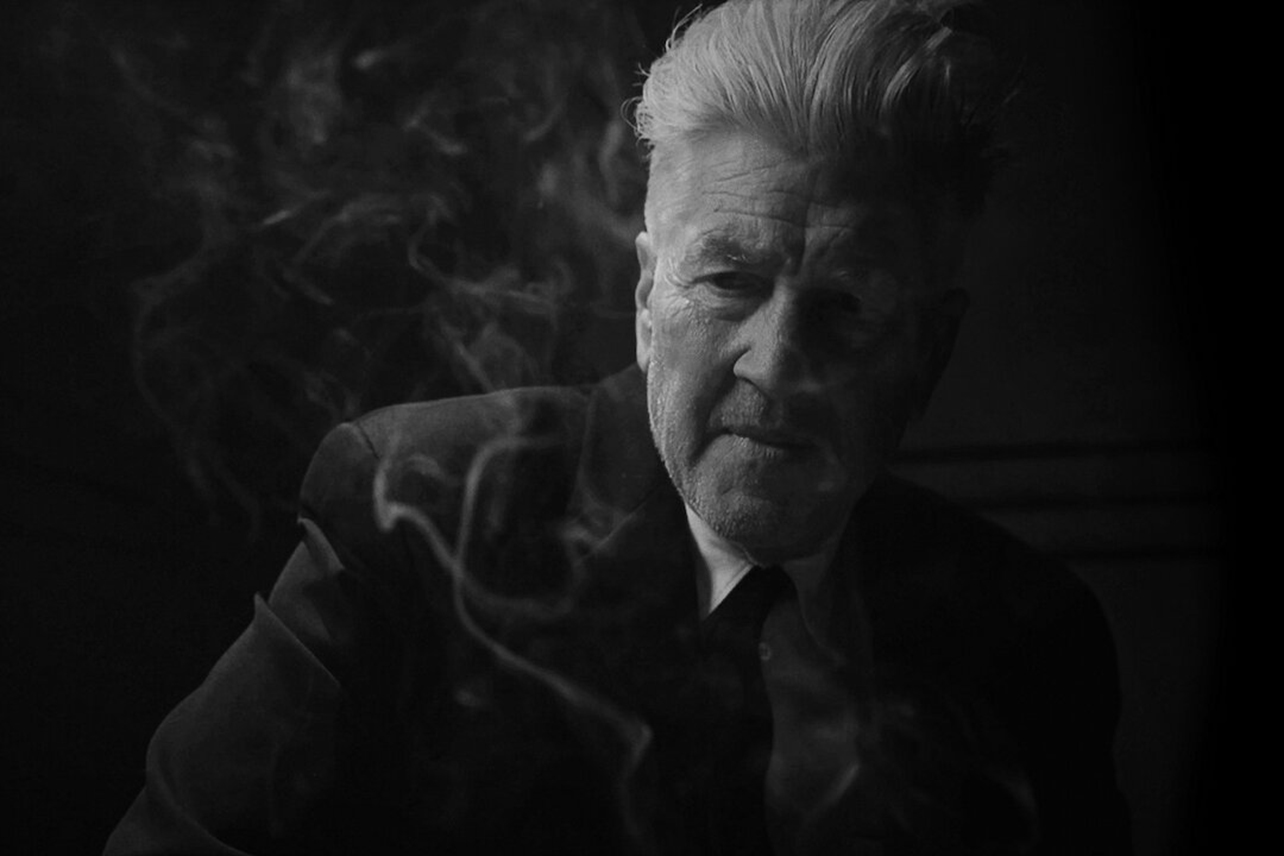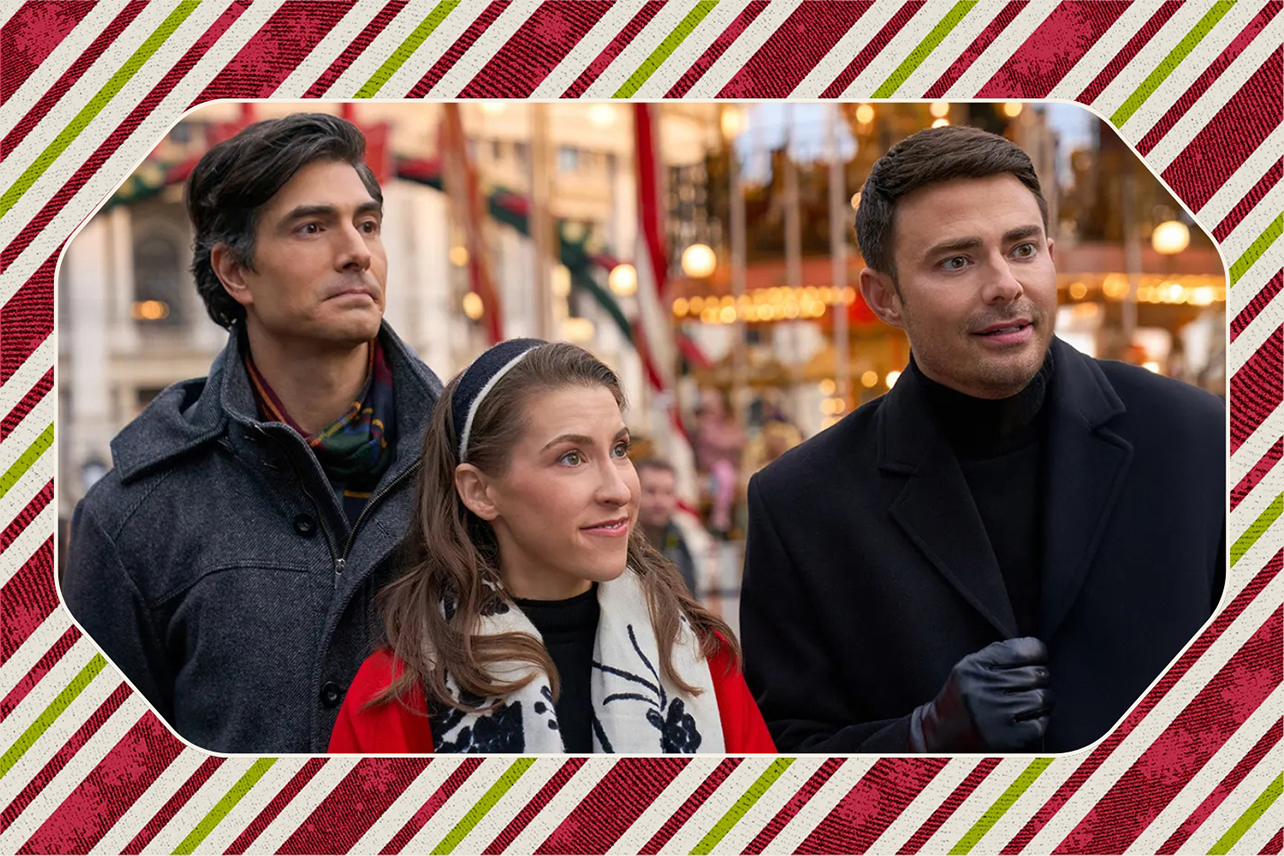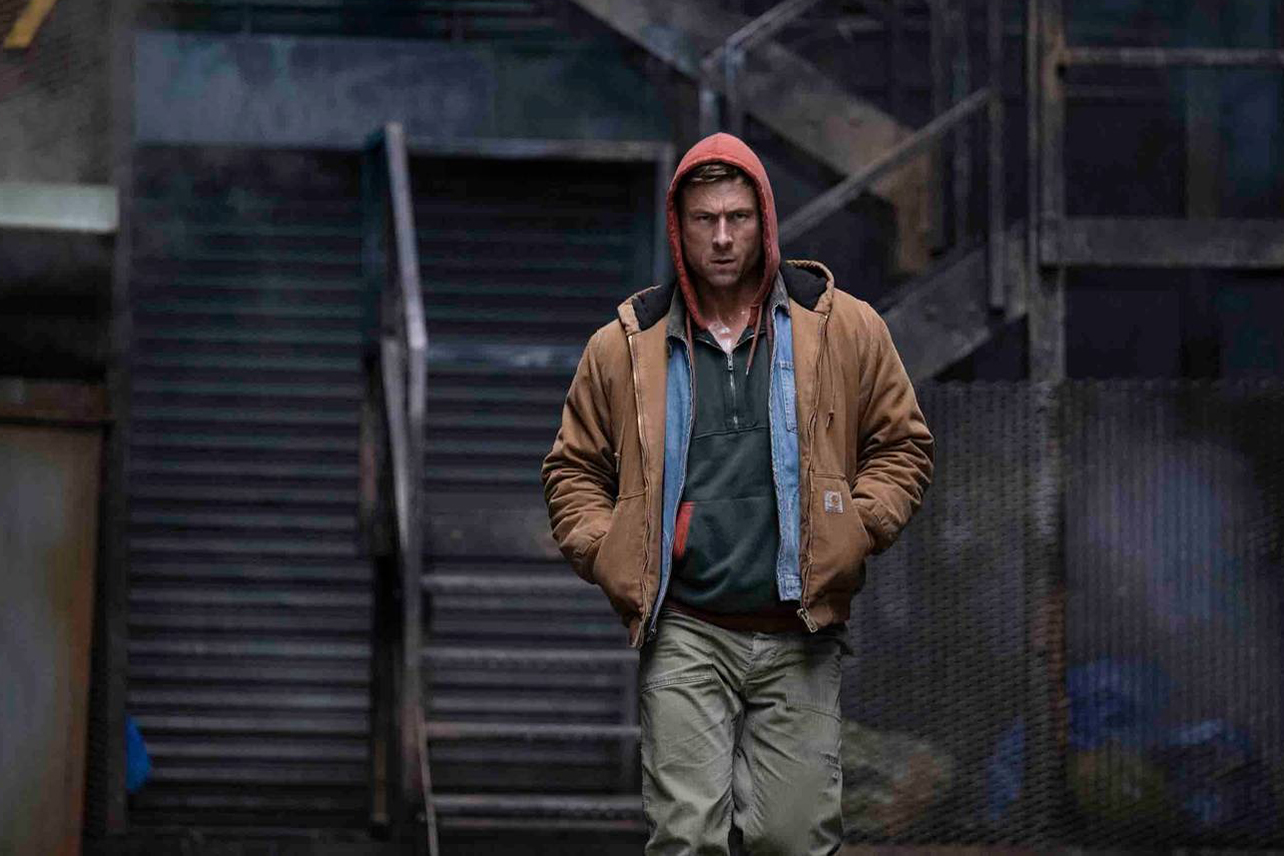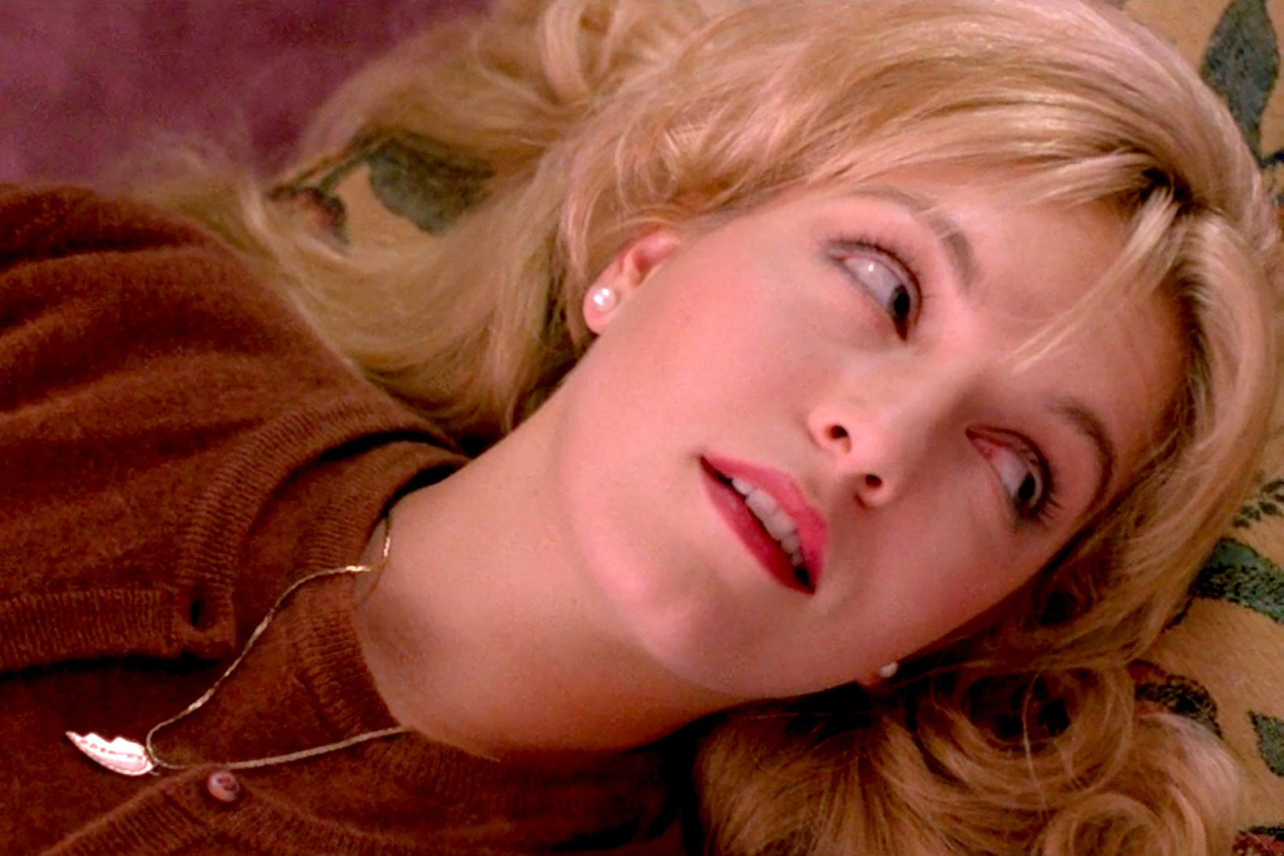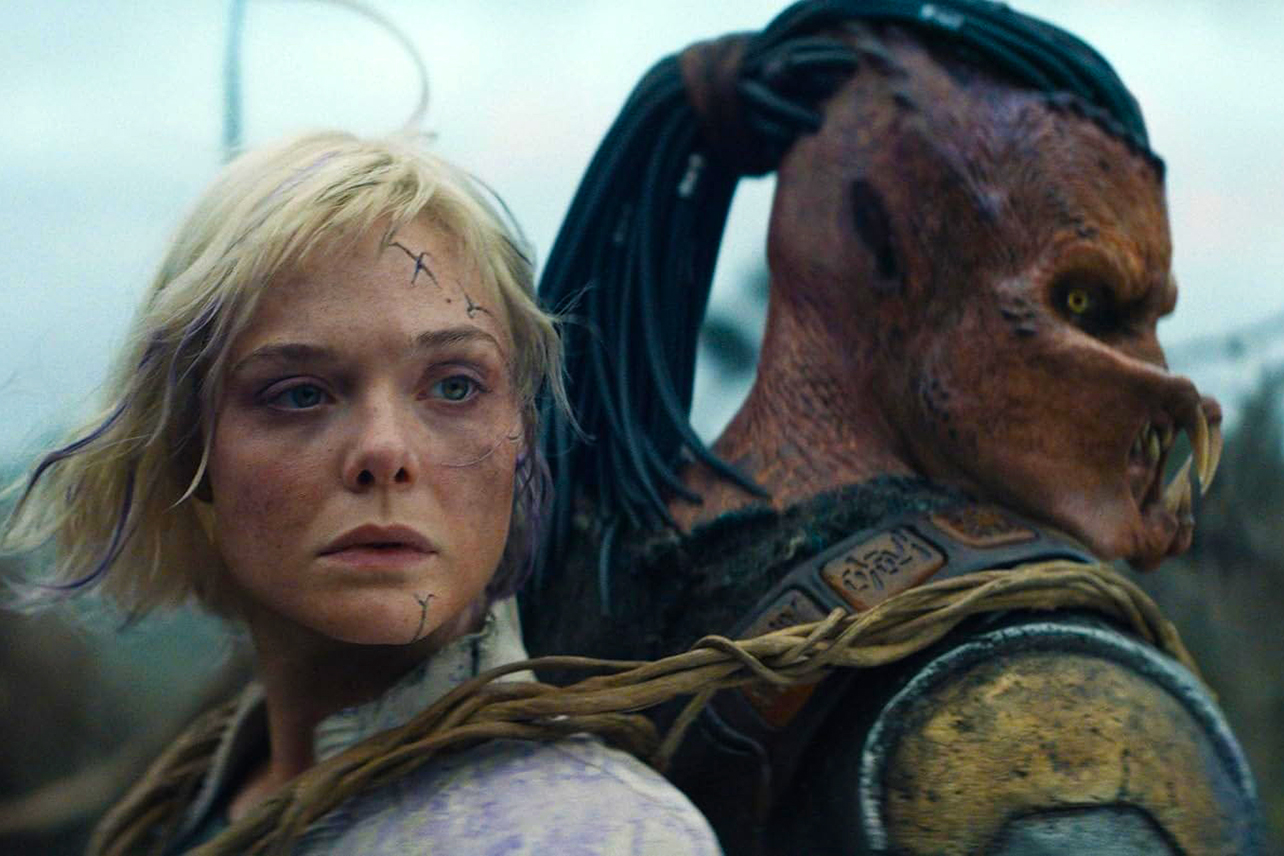If you love art of any kind, you know that every encounter with a new artist is an opportunity for a moment of magic. It might be a song on the radio, a painting in a gallery, a short story in a magazine, but if that thing reaches down and finds that switch hidden somewhere in the inner chambers of your heart, you're not the same on the other side of it. It's a remarkable, revelatory feeling, so potent and sweet that we chase it our whole lives.
With David Lynch, I feel like he didn't find the switch. He went right ahead and installed one of his own, flicked it on, and left a light burning somewhere in my core that'll never go out.
It was 2002, and I was a teenager in rural Central Texas who wanted to know all about great movies, who made them, and where to find them. No matter how much I thought I knew or pretended I knew, I didn't really know much of anything at that point, but I did know to watch the Oscars. That, the TV told me year after year, was where the great movies were celebrated.
The 2002 Oscars are best remembered now for being the ceremony where Halle Berry became the first Black woman to win a Best Actress trophy, but there were other opportunities to learn tucked away in there for me as well. That was the ceremony, for example, that taught me the industry's reverence for Robert Altman (who was nominated for Gosford Park). It was also, crucially, where I learned about Mulholland Drive.
I didn't know anything about the film other than the darkness promised by the clips I'd seen, and I definitely didn't know anything about David Lynch, his reputation, or his cult status among cinephiles who love the dark and the strange. I simply knew, in those very early days of my budding cinephilia, that he was someone the Oscars thought worthy of a Best Director nomination. So I went looking, found a copy of the film (on VHS, kids), took it home to my bedroom, and hit play.
There are thousands of stories like mine among Lynch fans. Tens of thousands. Millions. We all remember that moment when we first encountered this singular artist, but I feel especially lucky to have seen Mulholland Drive right at the start. Your first David Lynch film changes you, no matter which one it is, but revisiting the film in the wake of Lynch's death, I was reminded that this one reshaped me in a way that makes me even more grateful now to have shared the planet with this man for the nearly four decades of my life so far.
Mulholland Drive is impossible to classify, but its general vibe and basic plot (if indeed you'd call it a plot at all) syncs it up most closely with the neo-noir movement, building on Lynch's lifelong love of films like Billy Wilder's Sunset Boulevard. For most of the movie, a full 80 percent or so of its 146-minute runtime, we follow Betty (Naomi Watts), an aspiring actress who moves to Los Angeles and encounters Rita (Laura Harring), a mysterious woman who, during a failed attempt on her life, hit her head and lost all memory of who she is and why she's carrying around thousands of dollars in cash and a strange blue key in her purse.
Drawn to Rita for reasons she can't explain at first, Betty devotes a significant chunk of her early days in Los Angeles to the mystery of who her new friend is, where she came from, and who may or may not be trying to track her down. In the meantime, we also get the story of a director (Justin Theroux) struggling to get his movie made his way while nefarious men attempt to strong-arm him, as well as one of the most famous scenes in Lynch's entire filmography, about a man (Patrick Fischler) who encounters a figure literally plucked from his nightmares behind the dumpsters outside a Winkie's diner.
As young film fan whose tastes were, at the time, aggressively mainstream, this was all intoxicating — and not just because of Lynch's particular surrealist style, which blends often disorienting light and sound choices with instinctual creative shifts, like the presence of a man known as "The Cowboy" (Monty Montgomery) who looks like something out of The Great Train Robbery and may or may not be a kind of psychopomp for various characters. It was intoxicating because, for those first two hours at least, I was following something that felt familiar even if it wasn't, a mystery movie with discernible clues, key players, and interwoven story threads. The diner where the man encounters his nightmare is the same one Betty and Rita visit later! The people out to get Rita seem to be aligned with the same people trying to seize the director's movie! This all makes sense!
Then, in its final half-hour, Mulholland Drive swerves just as it seems on the precipice of revealing all. Instead of lingering on solutions at the moment when the blue key literally finds its lock, Lynch pivots, shifting perhaps sideways, perhaps back in time, or perhaps into another reality altogether to tell the story of Diane (also Naomi Watts), a woman whose life seems to be a dark mirror of Betty's. We linger with Diane for a while before reaching a conclusion that might be a missing piece of the Betty/Rita puzzle or might be a different story altogether, and then the film fades to credits, leaving numerous, often jaw-dropping unanswered questions.
Here's the part where the magic happens: Everything I knew about film, about sequential cinematic storytelling up to that point, told me that I should have been frustrated by this, or at the very least confused. I look back on that teenage boy with his little TV and his VCR and see a kid with very rigid, conventional ideas about how narrative worked, a boy that should have been pulling his hair out over that film.
But that's not what happened. Instead of being repulsed or puzzled or even angry, I was captivated, stunned into silence by the raw power of Lynch's images, by his refusal to deliver the predictable goods of the subgenres he'd so carefully and creatively excavated. In less than three hours, a single filmmaker had rewired my brain to accept that movies can not only be open-ended, but flat-out wide open on some cosmic scale. I grew up in rural Central Texas, in a Southern Baptist family, without independent access to the internet and with no film subculture in my tiny high school to help me find my way. I was groping around in the dark in my discovery of films that worked for me and films that didn't.
And here was David Lynch, turning on a light.
I'm not going to explain Mulholland Drive to you, if I even could. There are countless essays attempting to do just that already, reams of words devoted to picking apart every clue, but that's often beside the point. Lynch famously, often hilariously, declined to explain the plots of his films, believing them to be statements in and of themselves without the need for tidy declarations of intent. As he once said, in a quote that's now become a meme widely re-shared upon his death: "The film is the talking."
To the wider world, Lynch was always known as the weird guy, the artist with the eternal ruffled shock of hair and the nasally Great Plains voice who dreamed up darkness every chance he got, who refused to explain himself and was therefore often consigned to the sidelines when more mainstream directors were discussed. But if Lynch was only the weird guy lauded by critics and film festivals, how do you explain Twin Peaks, a primetime soap opera whose strangeness and camp captivated the world to such an extent that it finally got a revival 25 years later? How do you explain how beloved Lynch is and was to everyone from his cast and crew to the mainstream filmmakers whose work he inspired, and to his peers who hung on his every image?
In the social media age, we got to see the full extent of the world's love for this man, this artist, as Lynch became a kind of raucous internet folk hero. He mused on Twitter about being connected to the moon, he gave weather reports on his YouTube channel amid COVID lockdowns, he showed us the power and magic of the Checking Stick. He presented a captivating, comforting view of what art could be, as he instinctually created, often before our very eyes, with no pretense and no care as to whether or not he was being understood.
So, if the film is the talking, and Lynch's talking made him beloved and revered, what was he actually saying?
When Lynch died, this question occurred to his fans, including myself, all over again, and I went looking in the first place I'd ever looked. I went back to Mulholland Drive, luxuriated (with some strong, hot coffee that I hope Lynch would have enjoyed sharing with me) in its beautiful darkness, its enticing dead-ends and brilliant open-ended mysteries, and asked myself what I found there. It's a strange film, yes, and a demanding one, but it's also deeply, achingly romantic. This juxtaposition is only heightened by the film's mirrored narratives, its use of doppelgangers (a favorite Lynchian device), and its fine-tuned ability to use the language of dreams to tell us something about its characters and it maker.
Dreams are vital to Mulholland Drive. One of the film's first images is a point-of-view shot of a rumpled bed as the camera sinks into the pillow. One of the film's final images is another bed, maybe even the same bed, enveloped in smoke that evokes another Lynch favorite, The Wizard of Oz. Characters discuss their dreams, both waking and sleeping, and beds and what we do within their warmth are a crucial component of the film's most romantic, most vitally human sequences. Zooming out from these observations, the entire film is a nesting doll of dreams, visions, versions of reality, a fact made clearer by its Hollywood setting. In one of my favorite shots, Lynch shows us what looks like singers on a stage, then zooms out to reveal they're in a recording booth, then zooms out again to reveal that the recording booth is a movie set. The film's most moving narrative payoff, in a strange LA nightclub, unfolds as we are told repeatedly that we're watching an "illusion," singers who are not actually singing, but lip-syncing to a recording because "There is no band."
David Lynch spent his entire life consumed by images and ideas like these, very aware of the power he had to make us feel something in the deliberate artificiality of cinematic language. You point a camera at something and start recording, then play it in sequences with other recordings, and you are creating meaning where previously none existed. You are dreaming out loud, on a stage, telling us "there is no band" and yet making us feel that the band is there. Weeping in the nightclub, listening to what's been emphasized as a recording, Rita and Betty weep. In the world of Mulholland Drive, even the lowest characters can find solace, or at least meaning, in their dreams.
Your first David Lynch film changes you. Mulholland Drive changed me in ways that I'm still processing, ways that I'll be processing forever, but for now, in this moment, I think it changed me most crucially in the way I think about dreams and what they do for us. They're not just phantoms that fade upon waking. They're nourishing things, things that can give us meaning and hope and terror and awe even as we acknowledge, often sitting up in the night in a cold sweat, that they are not real. Lynch, the eternal dreamer, made films that said to us Your dreams are as real as you make them, and reminded us that when we have nothing else, when the world is cold and dull and there is no band, we will always still have our dreams.
